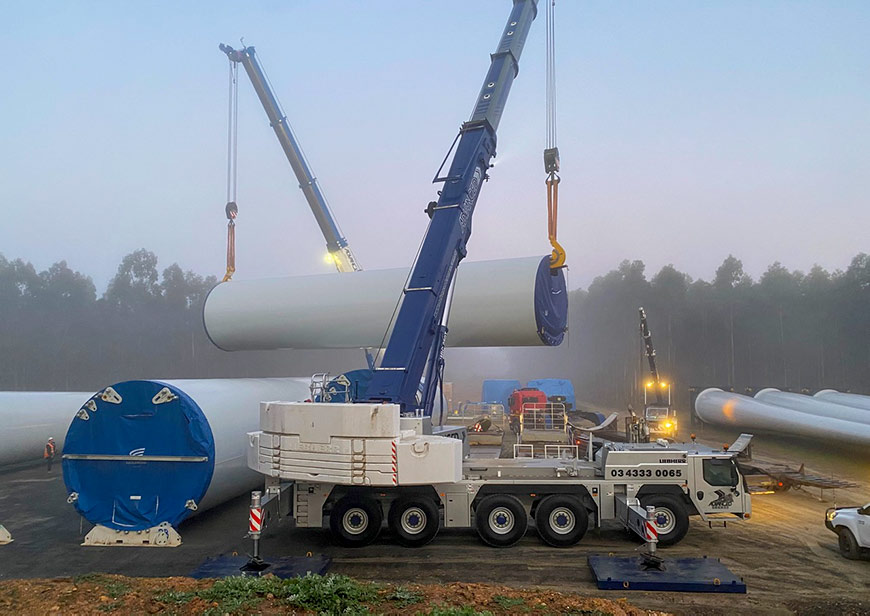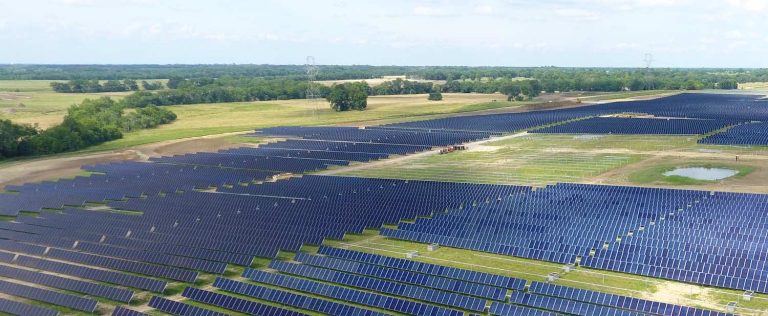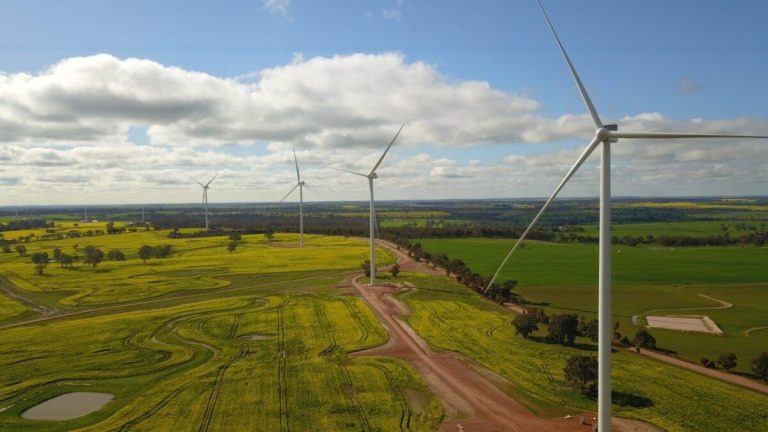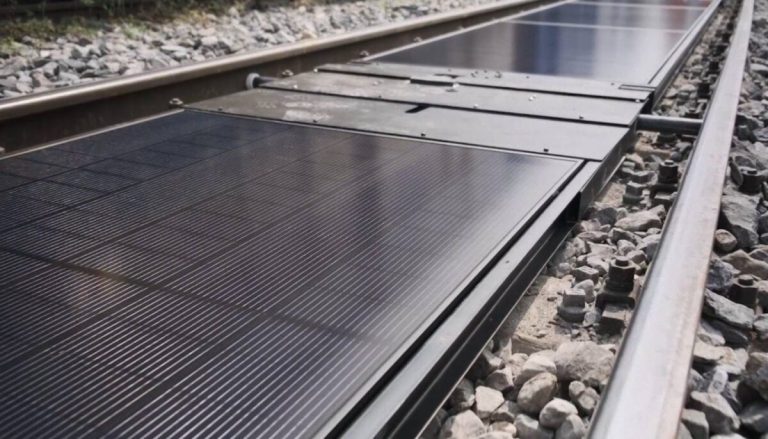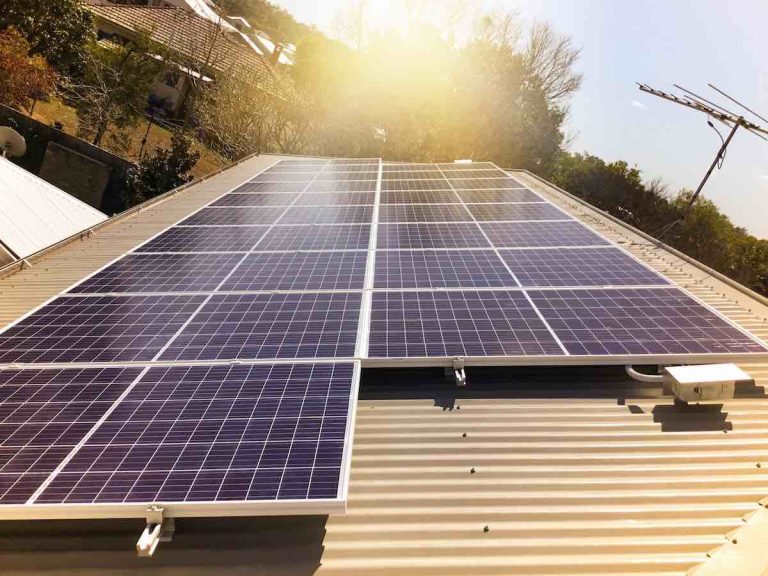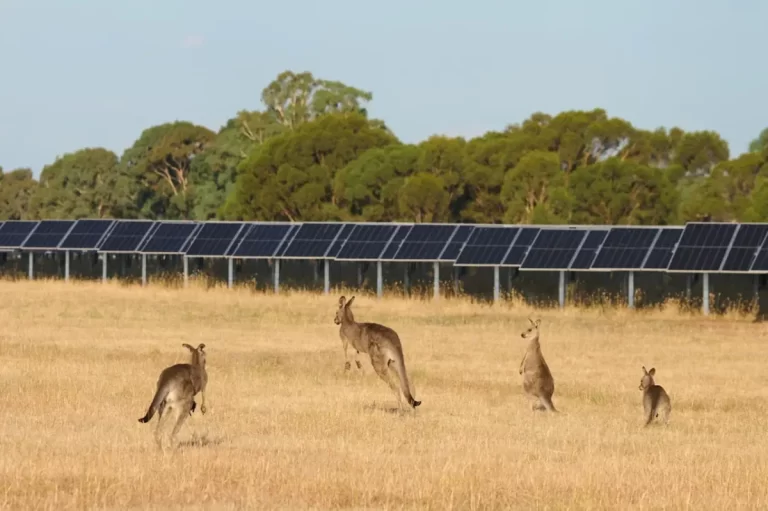Australia’s Wind Energy Sector Faces Investment Crisis
The wind energy sector in Australia is currently grappling with a serious predicament, as recent data reveals that there have been no new project commitments in the first half of 2025. This comes on the heels of a week where the nation’s three largest utilities displayed a lack of interest in acquiring, constructing, or contracting new capacity.
The ongoing decline in investment for new wind initiatives is not a new revelation; it was previously highlighted by BloombergNEF during the Australian Clean Energy Summit last month and reiterated in their recent half-year assessment.
Urgent Concerns Ahead of Key Meeting
The situation has escalated to a crisis level just before the state energy minister’s meeting at Sydney’s Taronga Zoo on Friday. In response, the Clean Energy Council hastily released its own findings, confirming that no new wind projects achieved financial closure in the first six months of the year. The report indicated that total financial commitments for this period plummeted to a mere $700 million, with just over 1.1 GW of new capacity secured, falling significantly short of requirements.
Government Initiatives to Revitalise Investment
In an effort to tackle this issue, both federal and state governments have agreed to expedite and broaden their flagship policies and auctions to help meet the 2030 target of 82 per cent renewables. Federal Energy Minister Chris Bowen announced that the Capacity Investment Scheme (CIS) auctions will be expanded to over 40 gigawatts. Meanwhile, New South Wales, which has the largest grid and ageing coal-fired generators, has increased its target for new wind and solar capacity from 12 GW to 16 GW by 2030.
The CIS and NSW auctions are crucial as they provide a form of underwriting agreement that can facilitate financing for projects. However, many developers, including major multinationals like Acciona and Iberdrola, are hesitant to commit without a solid off-take agreement in place.
Corporate Interest Dwindles
Corporate buyers have also become scarce. Developers report that the only significant corporate entity showing interest in signing off-take agreements is Rio Tinto, which aims to repower its large smelters and refineries and has already secured several substantial contracts.
The primary obstacle appears to stem from the energy sector itself. The three major utilities—AGL, Origin, and EnergyAustralia—control 80 per cent of customer demand and own most of the remaining coal generators, yet they are not engaging in new wind and solar projects. Instead, they are investing billions in battery storage, as the flexibility and dispatchability of large batteries allow them to maintain their market dominance over wholesale electricity prices.
Slow Progress on Major Projects
For instance, Origin Energy has secured grid access for Australia’s largest wind project, the 1.45 GW Yanco Delta wind project in south-west NSW, but it will not make a financial commitment for another 18 months. Other wind and solar projects in its pipeline were notably absent from its latest financial results, despite the company acknowledging potential “reputational damage” if it fails to advance the necessary capacity to allow for the scheduled closure of its coal generator, Eraring.
As noted by ITK principal David Leitch in a recent episode of Renew Economy’s Energy Insiders podcast, the core issue revolves around market power—an issue that has been neglected for decades. Leitch expressed disappointment at the lack of discussion regarding wind and solar development in the recent results from AGL and Origin, suggesting that the Nelson review has misdiagnosed the problem.
Challenges Facing the Wind Industry
The wind industry is contending with several challenges. Turbine costs have not significantly decreased since the spike a couple of years ago, and organisations like CSIRO have raised their cost estimates due to increased expenses for worker accommodation in remote areas and rising civil construction costs. Additionally, the need for transmission infrastructure has been slow and costly to implement, compounded by planning issues.
Despite facing misinformation and other challenges, some developers are hesitant to publicise their projects for fear of attracting negative attention. Consequently, it is not surprising that the few projects that have reached financial closure in the first half of 2025 are standalone batteries and solar-battery hybrids, which are easier to deploy and can find space on local grids, making them more competitive than wind and transmission combined.
Community Support and Development Hurdles
The Clean Energy Council’s report highlights that capital costs for onshore wind rose by 8 per cent in 2023-24 and 6 per cent in 2024-25, as local increases in land and installation costs offset economies of scale. In contrast, solar project capital costs continue to decline due to manufacturing scale and rapid technological advancements, with battery storage costs also dropping significantly.
Many solar projects are now reconsidering their strategies by incorporating behind-the-meter batteries to avoid negative pricing during the day and capitalise on higher prices during peak evening hours. Unfortunately, in regions where local community support is strong, development is being hindered by poor decisions regarding grid capacity made in the past. The south-west renewable zone has seen around 40 gigawatts of project proposals, yet only 3.5 GW may be realised due to capacity limitations.
Alison McLean, the senior economic development officer for the Hay Shire council, emphasised the importance of community engagement in the renewable energy transition. She noted that understanding the region’s suitability for renewable energy development and respecting community concerns has been crucial in fostering support for these initiatives.
